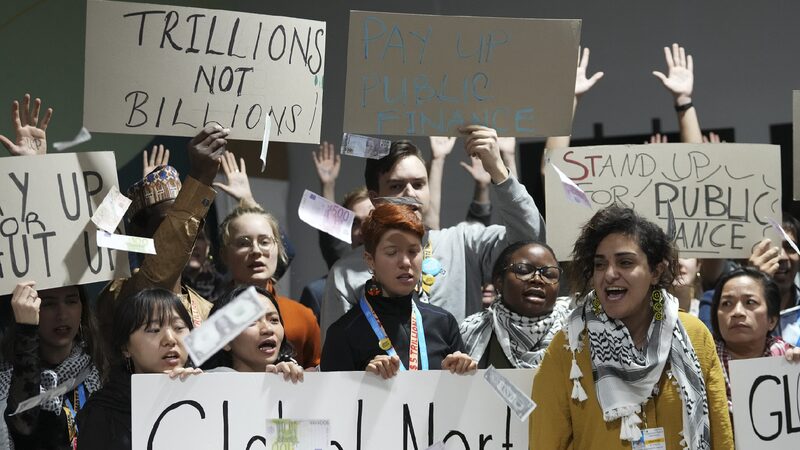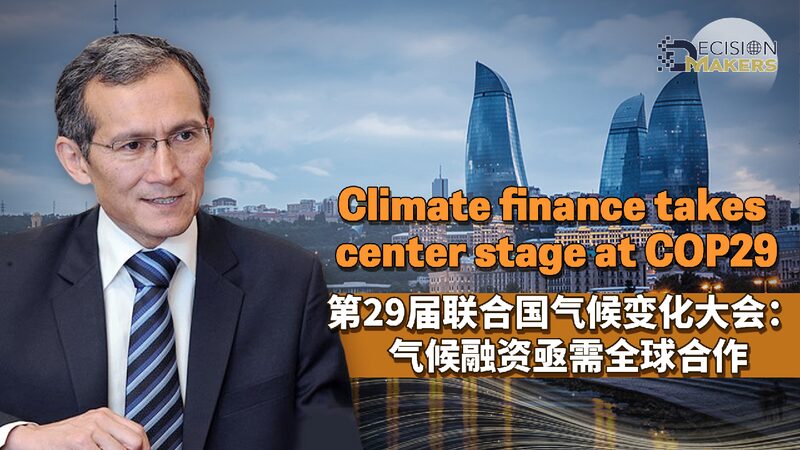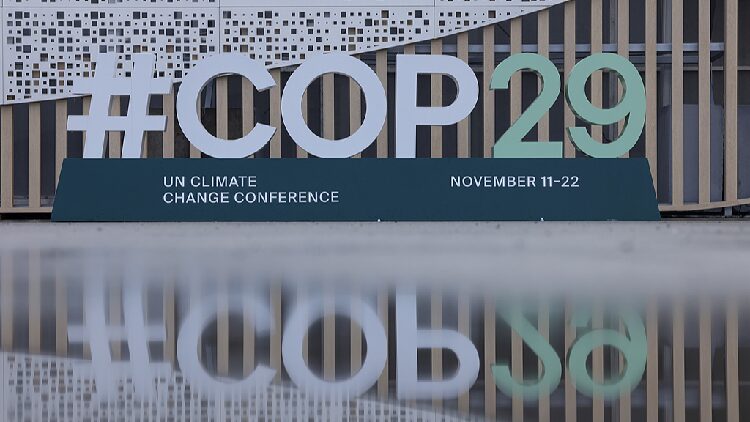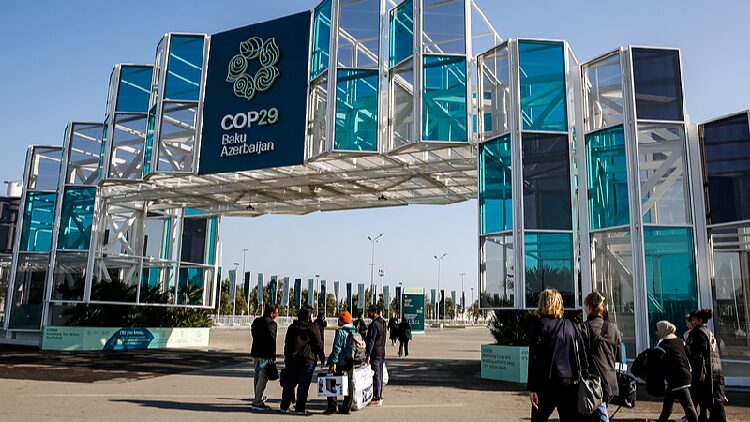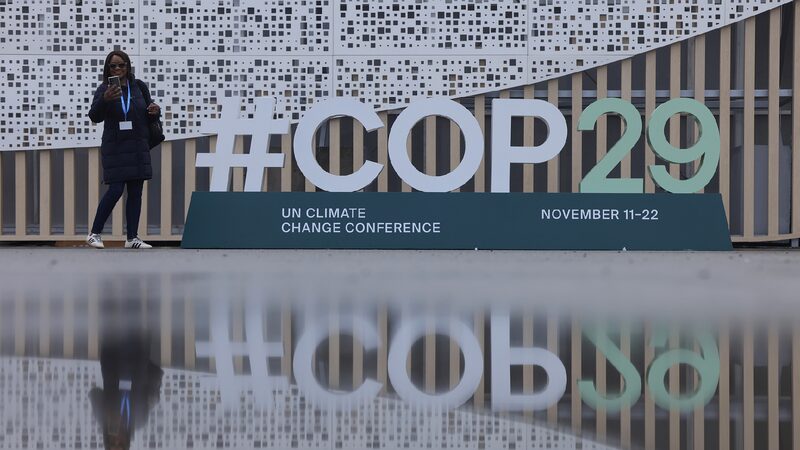The UN Climate Change Conference, known as COP29, concluded early Sunday with a landmark deal where developed countries pledged to inject at least $300 billion annually by 2035 to combat climate change. The funds aim to help developing nations cope with rising sea levels, extreme weather, and transition to renewable energy.
While the new commitment is triple the $100 billion annual deal set to expire in 2025, it’s far short of the $1.3 trillion that developing countries have been demanding. Many representatives expressed frustration, calling the amount insufficient to address the urgent challenges posed by climate change.
“It has been a difficult journey, but we’ve delivered a deal,” said UN Climate Change Executive Secretary Simon Stiell. He described the agreement as an “insurance policy for humanity,” emphasizing that it only works if “premiums are paid in full and on time.”
UN Secretary-General Antonio Guterres acknowledged the deal as a starting point. “I had hoped for a more ambitious outcome, but this agreement provides a base on which to build,” he said.
Developing Nations Voice Disappointment
Despite the historic pledge, many developing countries expressed deep disappointment. India’s negotiator Chandni Raina labeled the $300 billion as “a paltry sum.” She stated, “We absolutely object to the unfair means followed for adoption. We are extremely hurt by this action.”
Nigerian representative Nkiruka Maduekwe called the deal “an insult and a joke,” reflecting a sentiment shared by several nations. Sierra Leone’s climate minister, Jiwoh Abdulai, criticized the lack of goodwill from developed nations. Tina Stege, climate envoy for the Marshall Islands, admitted she would return home with only “a small portion” of what was needed. “It isn’t nearly enough, but it’s a start,” she said.
Looking Beyond Public Funding
The $300 billion commitment is hoped to catalyze additional funding from other sources such as multilateral development banks and private investors. Rich countries emphasized that relying solely on public funds isn’t realistic, while poorer nations are concerned that loans instead of grants could deepen their debt crises.
“The $300 billion goal is not enough but is an important down payment toward a safer, more equitable future,” said Ani Dasgupta, President of the World Resources Institute. “Now the race is on to raise much more climate finance from a range of public and private sources.”
Other Agreements at COP29
Several other significant deals were reached during the conference. Countries agreed on the adoption of Article 6, establishing markets to trade carbon credits to help nations collaborate on reducing emissions. Agreements were also made on transparent climate reporting and adaptation strategies.
However, discussions fell short of explicitly committing to a transition away from fossil fuels, with only vague references to previous accords.
COP29 highlighted both progress and the significant work still needed to address the escalating climate crisis. The voices of developing nations underscore the urgency for more substantial action and support from the global community.
Reference(s):
COP29: $300b in climate finance approved, some left disappointed
cgtn.com
